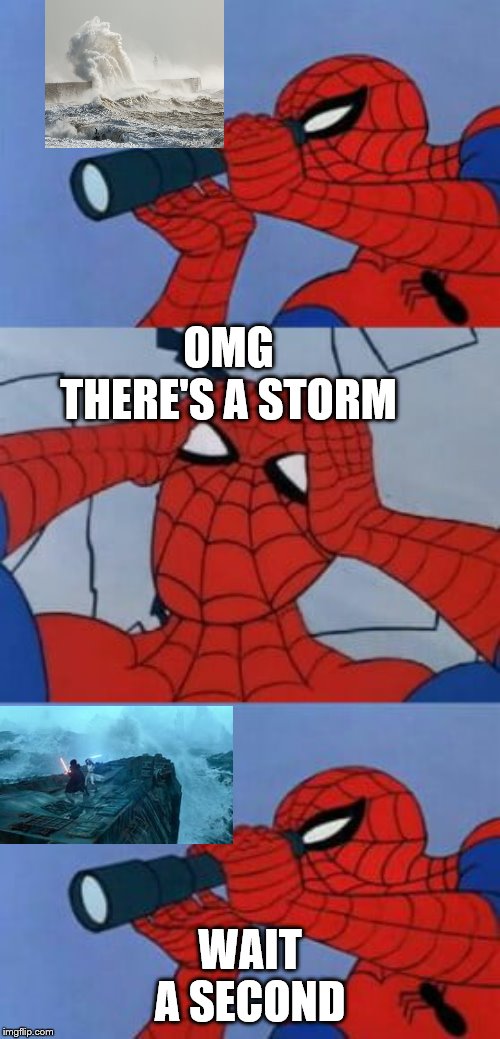

Our results for monocular and binocular viewing, for threshold contrast discrimination without nearby flankers, can be explained by a gain control model with uncertainty and internal multiplicative noise adding additional constraints on detection. In contrast, more distant flankers facilitate both monocular and binocular detection, preserving a binocular advantage up to about four times the detection threshold. Here we report that at close distances collinear (but not orthogonal) flanking contours suppress detection more under binocular compared to monocular viewing, thus completely abolishing the binocular advantage, both at threshold and suprathreshold levels.

It is well known that nearby contours can either facilitate or suppress detection, depending on their distance from the target and the global configuration. Importantly, in natural vision, objects are rarely isolated but appear in context. That binocular viewing confers an advantage over monocular viewing for detecting isolated low luminance or low contrast objects, has been known for well over a century however, the processes involved in combining the images from the two eyes are still not fully understood. Furthermore, the lack of binocular summation for crowding observed in glaucomatous vision combined with the lack of binocular summation reported in a previous study on normal healthy vision support the view that crowding may start in the early stages of visual processing, at least before the process of binocular integration takes place. Our findings show that crowding is exacerbated in parafoveal vision in glaucoma and binocularly asymmetric glaucoma seems to induce binocularly asymmetric crowding. Hence, our results did not provide evidence supporting binocular summation of crowding in glaucomatous vision. Moreover, we also observed a lack of binocular summation (i.e., a binocular ratio of 1): binocular crowding was determined by the better eye. Our results showed that, compared with normal cohorts, individuals with glaucoma exhibited significantly larger crowding-enlargement of crowding zone (an increase by 21% P < 0.01). For a subgroup of glaucoma subjects (n = 17), crowding zone was also measured monocularly for each eye. Crowding zone measurements were made binocularly in parafoveal vision (i.e., at 2° and 4° retinal eccentricities) visual field. For each subject, the magnitude of crowding was determined by the extent of crowding zone. The study design included 40 individuals with glaucoma and 24 age-similar normal cohorts. We also examined the binocular summation of crowding to see if crowding is alleviated under binocular viewing. Here we investigated the impact of glaucomatous damage on monocular and binocular crowding in parafoveal vision. Glaucoma is associated with progressive loss of retinal ganglion cells.


 0 kommentar(er)
0 kommentar(er)
